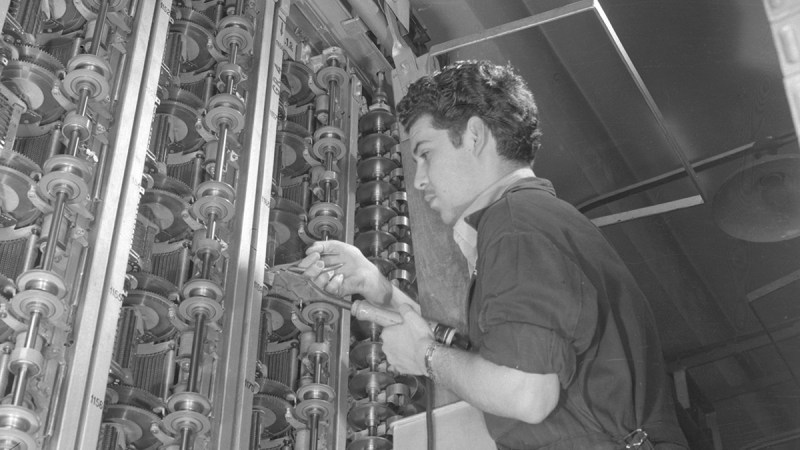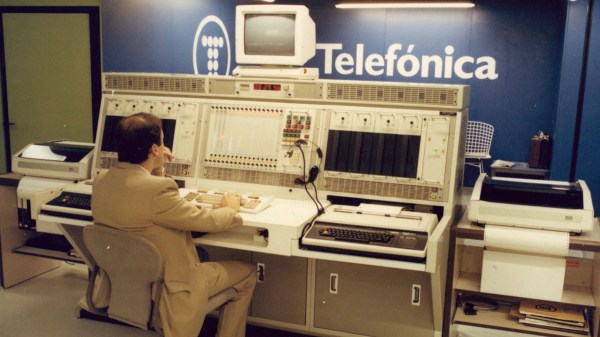Telephone service automation

One of the milestones in the history of Telefónica’s networks, which was important due to the change they implied in terms of both the quality of service and/or the functionalities they provided, was the automation of the first manual exchanges. These were initially very important because, together with the continuous deployment of local, national and international networks, they made it possible to connect people for the first time through voice regardless of distance. They have therefore gained an important weight in the history of telephony.
However, in the early years of the 20th century, the need was seen to go a step further, which would improve the time it takes to establish a call, which was very long at that time as it was based on the manual operation of telephone operators who did the necessary interconnection work to complete the call between two customers. This also created significant efficiency issues and affected the privacy of communications.
To solve these problems, the first automatic exchanges were born around 1915 in the field of local calls of the exchange itself. Therefore, it was a shift from manual switching by humans to switching by electromechanical elements that were capable of making these interconnections autonomously without human intervention.
In the case of Telefónica’s network in Spain, the first automatic exchange was inaugurated by King Alfonso XIII in August 1926 in Santander. It was a Rotary plant. These types of plants were in service for many years. They were progressively replaced by cross-bar switching centres.
This technical notebook describes the history of both Rotary and crossbar electromechanical power plants.
COMPLETE INFORMATION
Related Content
Communication
Contact our communication department or requests additional material.
